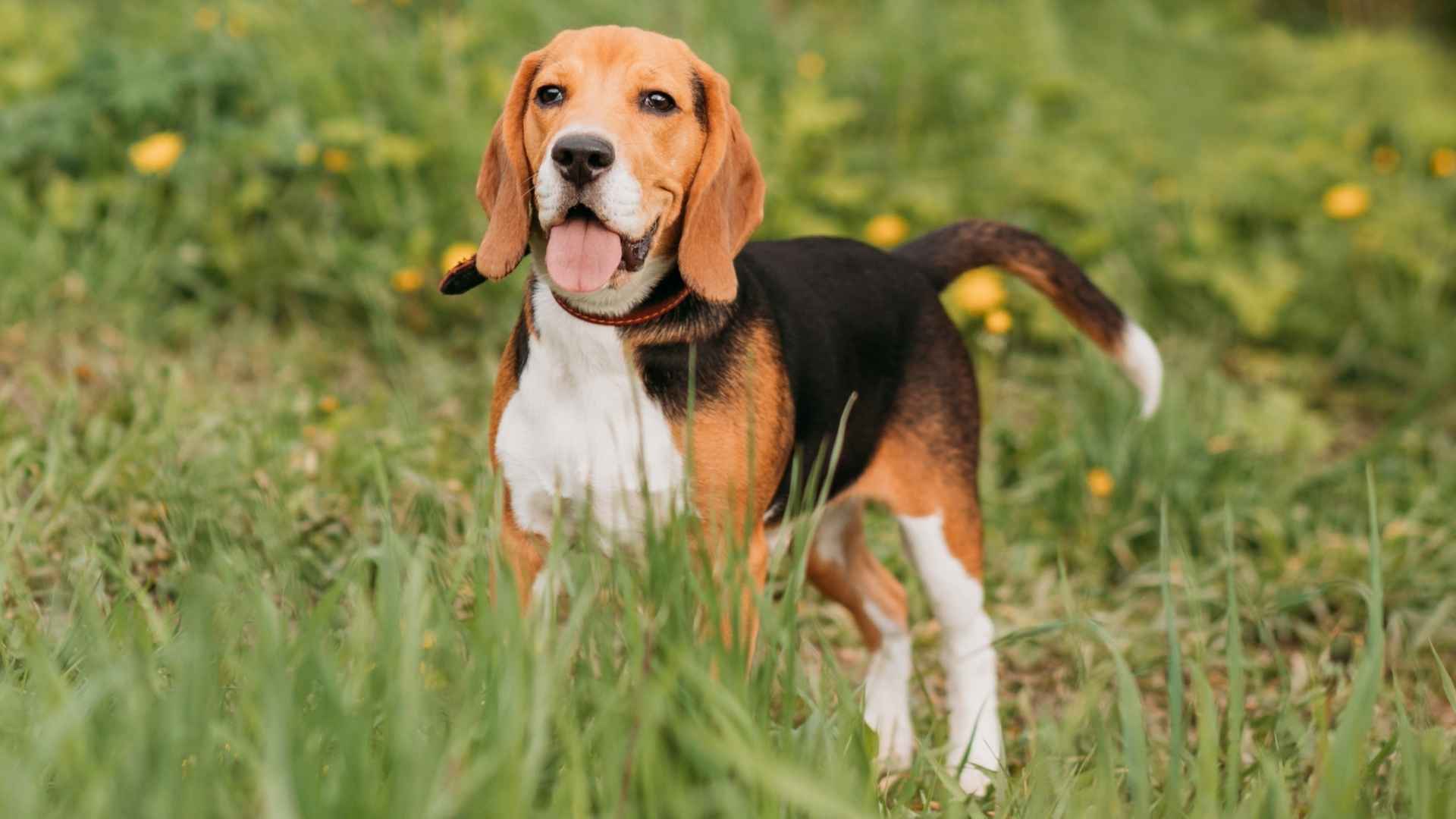When you’re in the wild with a hunting dog, silence isn’t always golden—sometimes, it’s the bark that brings success. Certain dog breeds were bred not just to track or retrieve prey but to bark loudly and proudly the moment they’ve located it. It’s like having a built-in GPS with a voice!
These loud dog breeds aren’t just noisy—they’re brilliant communicators. Whether they’re flushing birds from bushes or cornering game in dense forest, their barking serves as a beacon to hunters (or now, adventurous pet parents). It’s part hunting instinct, part job description, and fully fascinating.
Here, we’ll introduce you to the talkative breed that has a very distinctive loud bark on purpose. You’ll learn how these breeds developed this unique trait and why it still matters today—even if your dog’s only hunting for the ball in the backyard.
Get ready to meet the dogs who bark with meaning. Whether they’re calling in the troops or pointing out the prize, these vocal canines have a lot to say—and it’s all worth hearing.
Dog Breeds That Bark To Signal Prey Location
1. Bloodhound
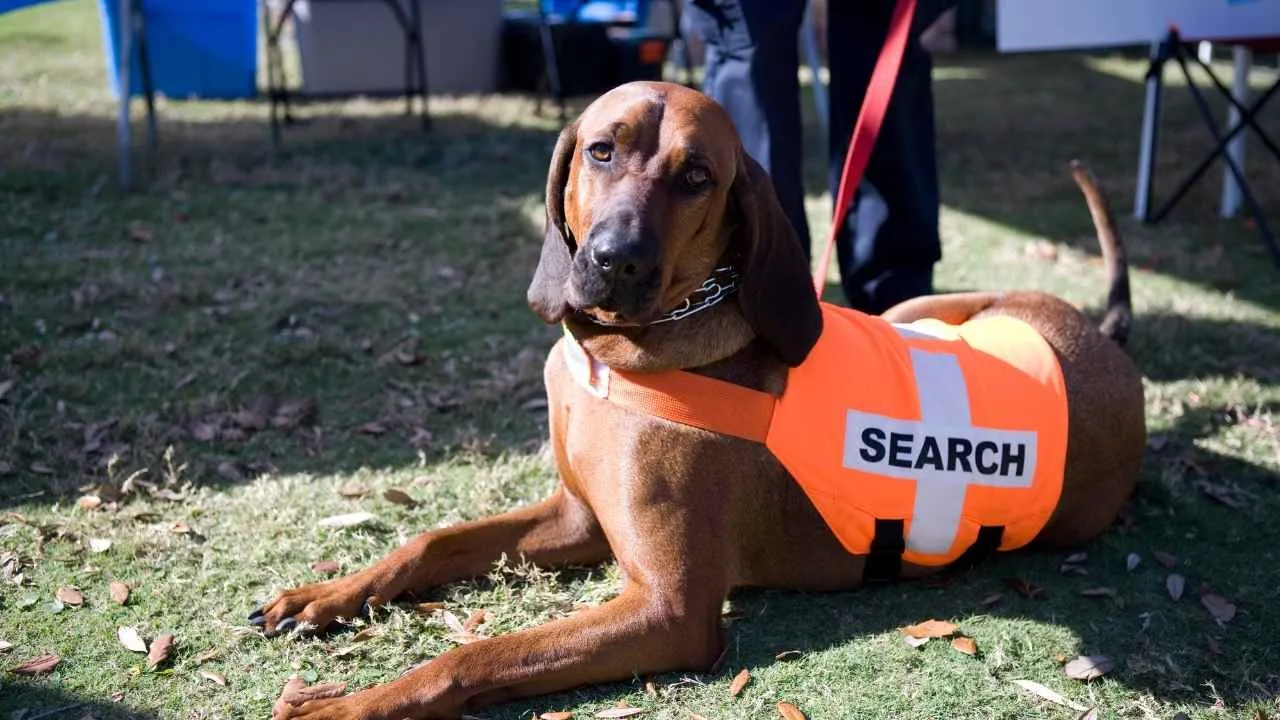
Imagine a detective with a nose so good it could sniff out your lost keys under a pile of laundry—and a bark that’s basically shouting, “Eureka! I found something!” That’s the Bloodhound for you.
This breed is the Sherlock Holmes of the dog world, specializing in tracking scents that have been left behind, often for days. But what really makes the Bloodhound stand out in the tracking game is its vocal flair.
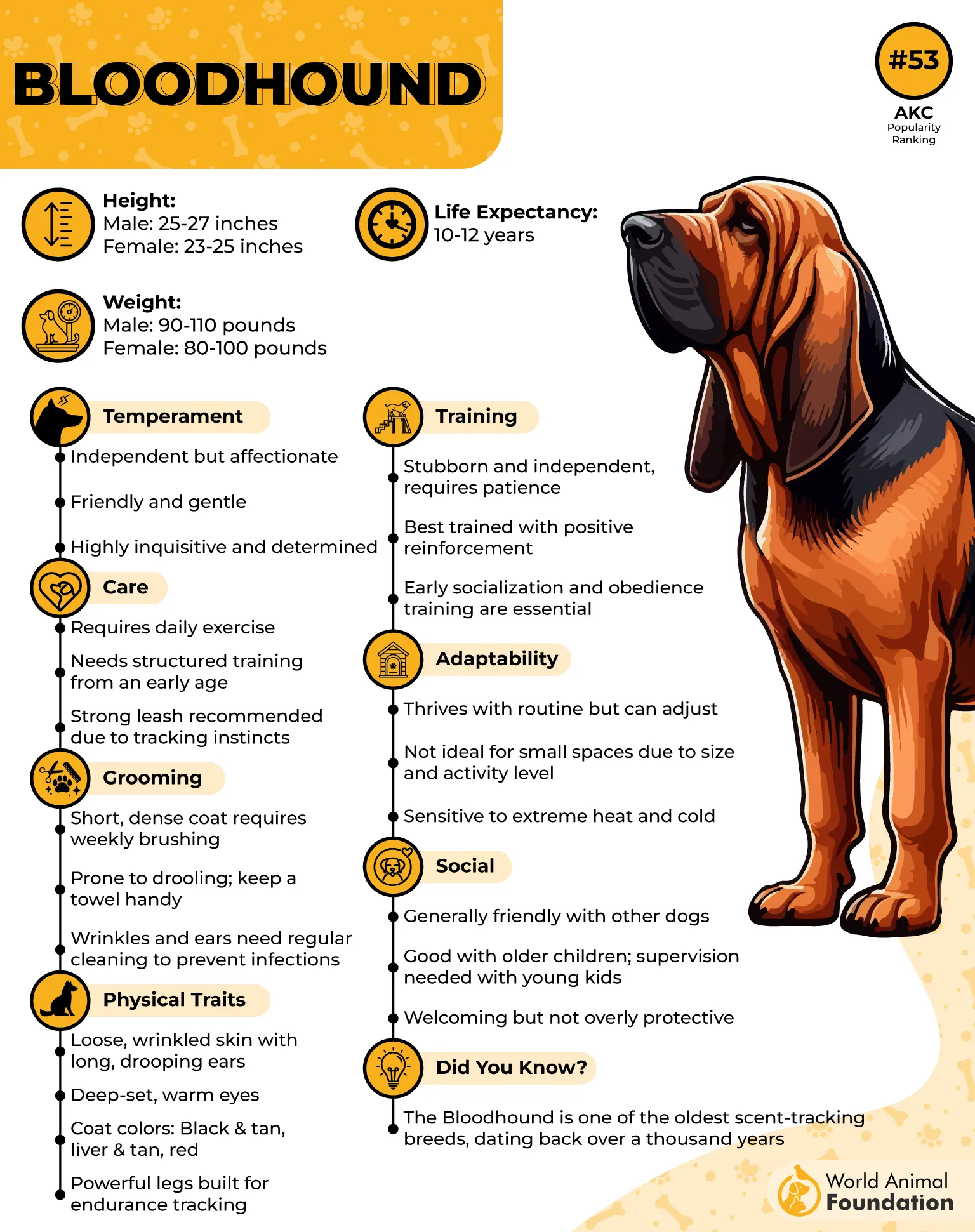
When a Bloodhound catches the scent of prey or the trail of a lost person, it doesn’t just silently stalk like a ninja. Nope, it lets out a loud, unmistakable bark that basically says, “Hey, I’m onto something big here!” This bark isn’t just for show; it’s a signal to its human partners or fellow hounds that the chase is on and the prey is nearby.
Think of the Bloodhound as the canine version of a news anchor, reporting live from the field, except instead of “breaking news,” it’s “breaking scents.” Their deep, booming bark can echo through the woods, guiding trackers like a furry GPS with a megaphone.
And here’s a little fun fact: despite their serious detective work, Bloodhounds have a goofy, droopy charm—complete with those long ears that practically sweep the ground and wrinkles that could hide a couple of lost snacks.
So next time you hear a Bloodhound bark, remember—it’s not just noise; it’s an exciting clue alert from the four-legged scent master!
2. Saint Bernard

When you think of the Saint Bernard, you probably picture a giant, fluffy mountain hero lugging a little barrel of brandy to stranded hikers in the snow. But did you know these gentle giants also have a knack for barking up the right tree—literally—when it comes to signaling the location of prey or lost travelers?
Make sure you have ample space before welcoming a Saint Bernard into your household. These giant dogs generally weigh between 120 and 180 pounds and can stand as tall as 30 inches at the shoulder.
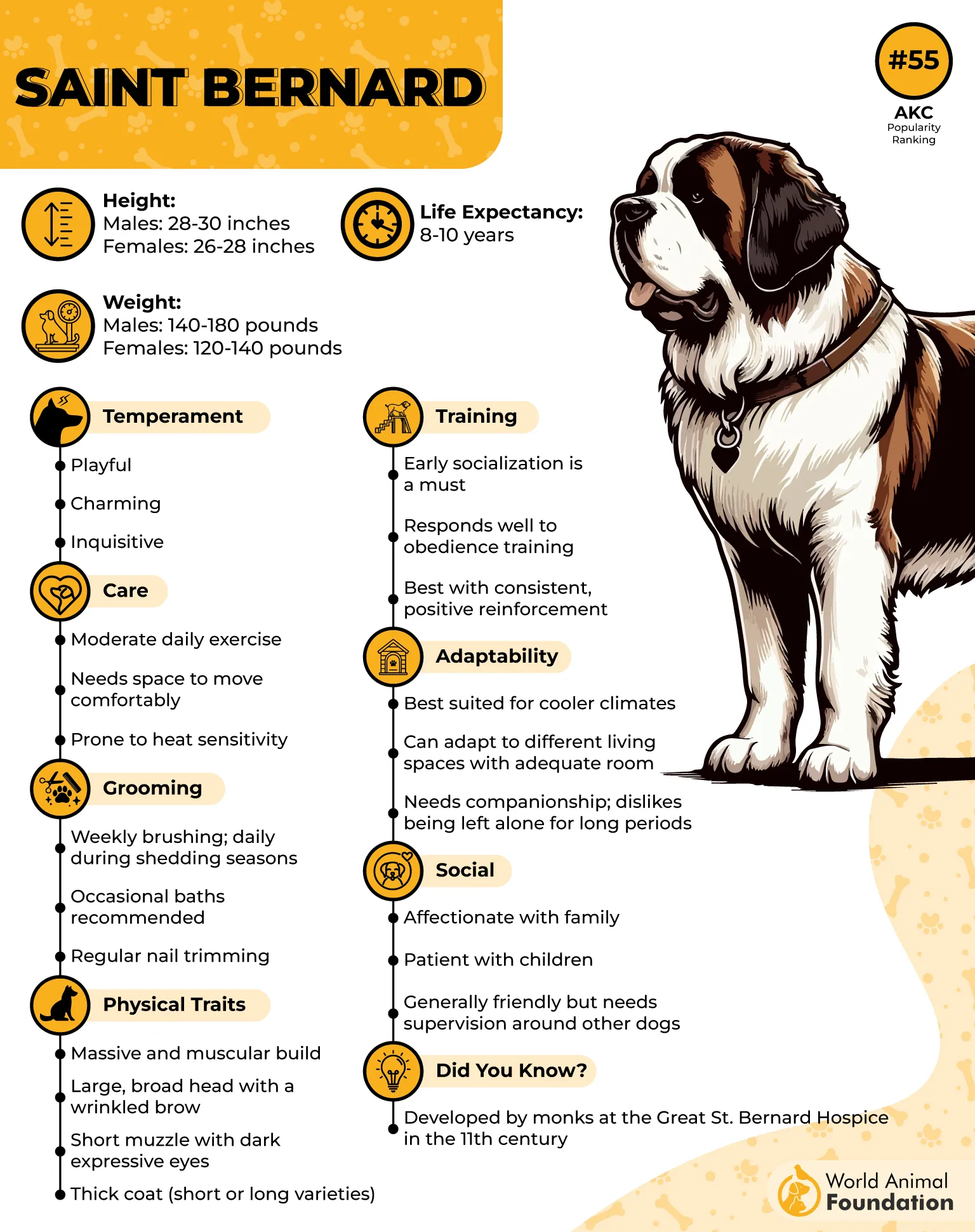
Saint Bernards are like the friendly neighborhood mountain guards, using their impressive size and booming bark to say, “Hey! I found something (or someone)!” Their bark isn’t a dainty yip; it’s a deep, resonant bellow that can carry across snowy valleys and rocky slopes.
When these majestic pups catch a scent or spot movement, their vocal alert is like their own Alpine radio broadcast, letting their human rescuers know, “Over here! Over here!”
Now, don’t let their cuddly teddy bear looks fool you. Beneath all that fluffy fur and those soulful eyes is a highly intelligent, alert dog trained for serious search and rescue missions. They’re the original mountain heroes with a built-in siren system—only much cuter and less annoying than your average alarm.
And let’s be honest: if you heard a Saint Bernard’s bark echoing through the mountains, wouldn’t you feel a little safer? It’s like having your own furry, barky guardian angel on call 24/7—just with more drool and way more fluff.
3. Basset Hound
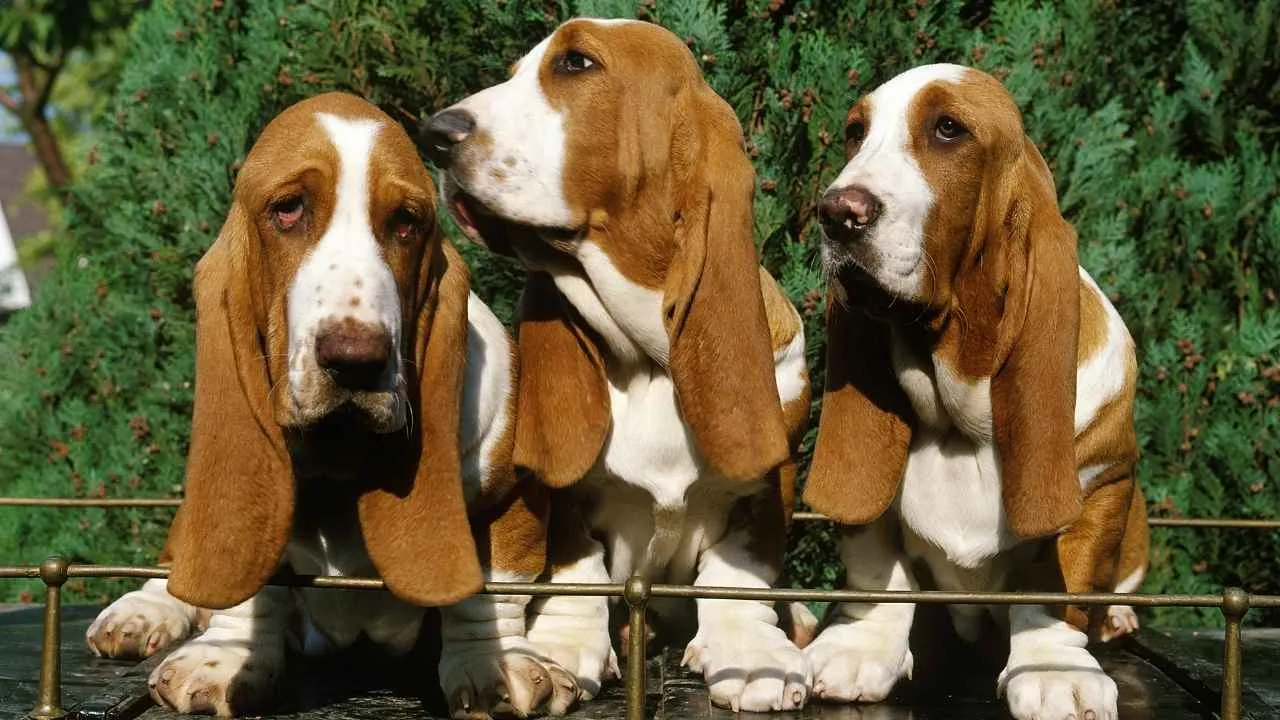
Meet the Basset Hound: the canine equivalent of a detective on wheels with super-long ears and legs so short, they practically moonwalk when they run.
Don’t let that laid-back, “I’m just here for snacks” look fool you. When it comes to sniffing out prey or tracking a scent, this little low-rider knows exactly what it’s doing — and it’s got a bark that says, “Found it! Follow me, people!”
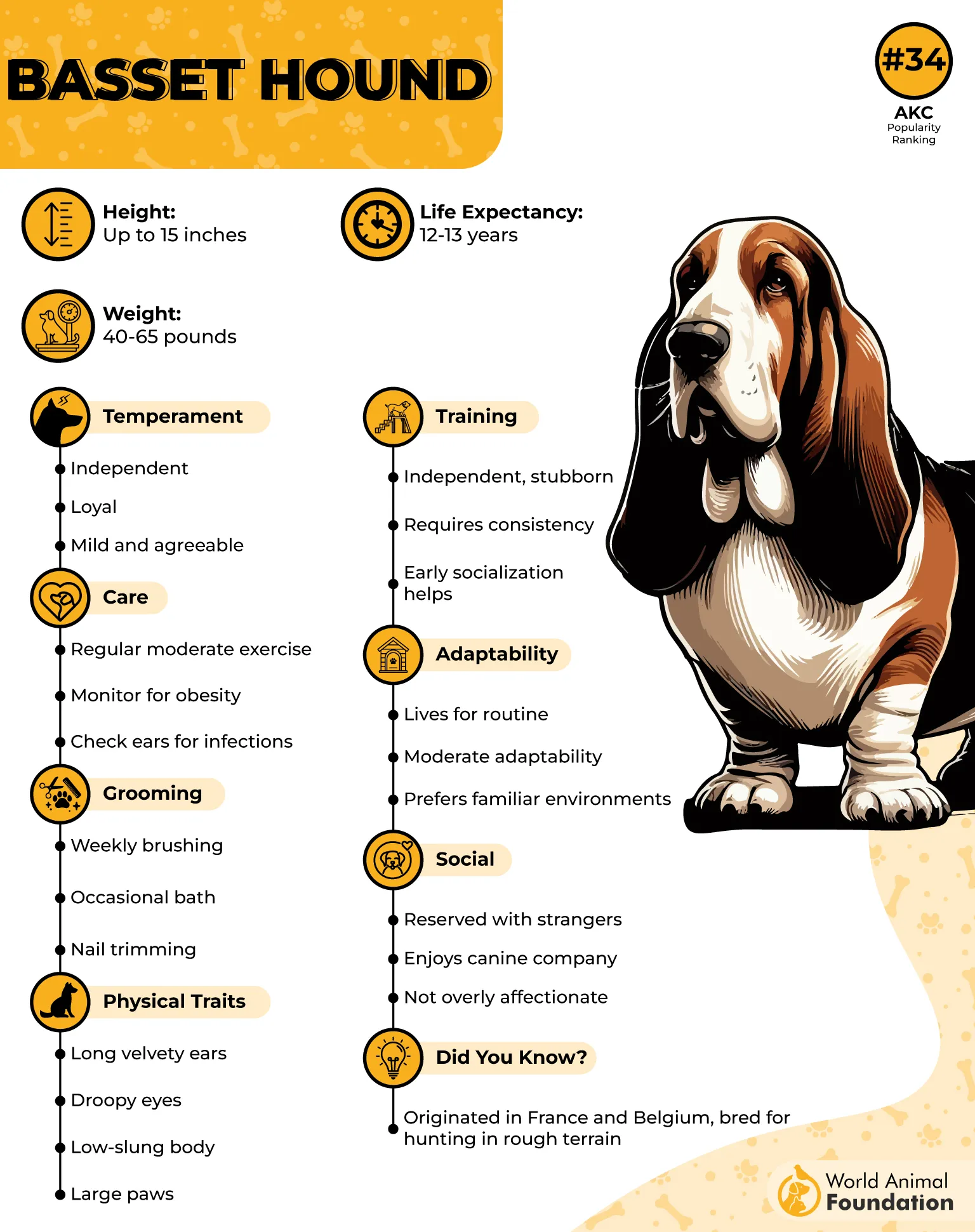
According to the American Kennel Club (AKC), the Basset’s sense of smell is nothing short of remarkable, second only to the Bloodhound when it comes to scenting ability. Their noses are so precise, it’s like they come with built-in GPS… for anything that smells interesting (which is basically everything).
Their bark isn’t high-pitched or tiny like you might expect from a dog built for crawling under furniture. Nope, the Basset’s bark is surprisingly loud and clear, a perfect way to announce, “Hey, the trail’s hot, and it’s right here!” Their short legs might make the chase a slow and steady affair, but their voice? It’s the ultimate tracking megaphone.
Plus, those giant floppy ears aren’t just for style — they actually help sweep scents up from the ground, making the Basset a scent detective with an extra edge.
So next time you see one of these adorable snoopers bark, know that it’s not just noise — it’s an important “I’m on the trail!” message from a small but mighty tracker.
4. Redbone Coonhound
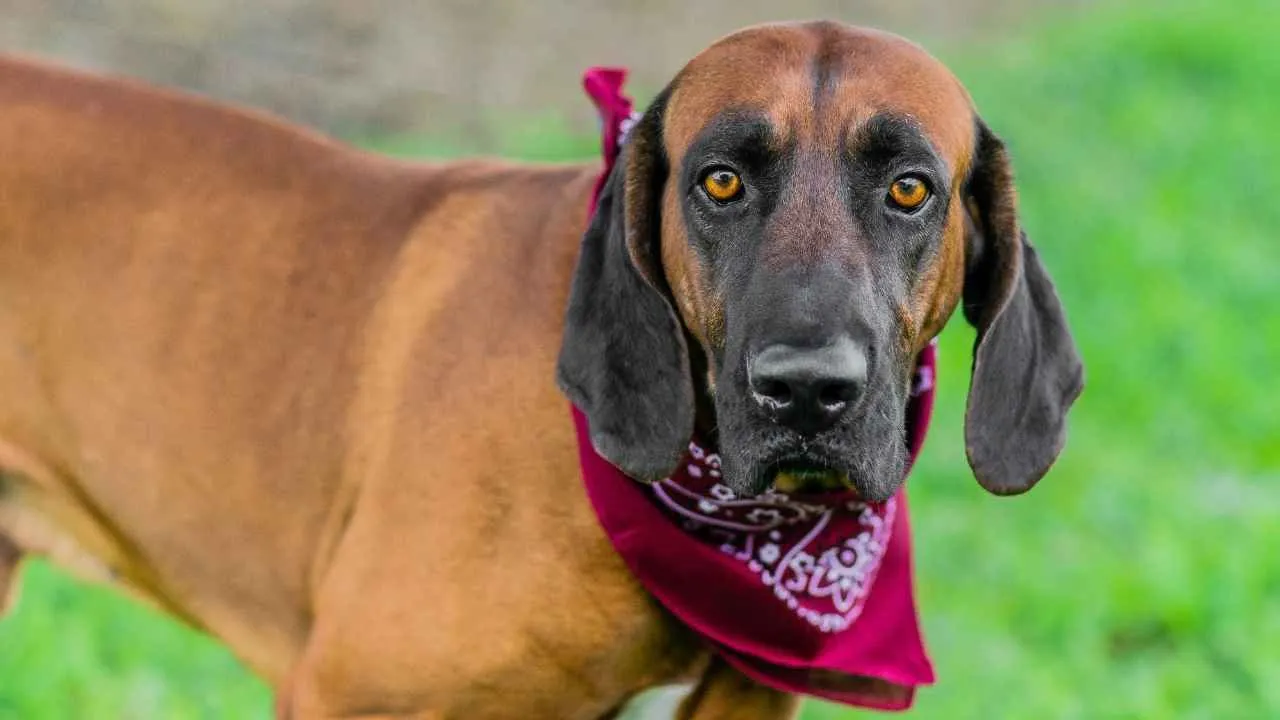
Here’s a dog with plenty of southern charm: the Redbone Coonhound. This medium to large breed usually weighs between 45 and 70 pounds and stands 21 to 27 inches tall.
Sleek, red-coated, and built for stamina, this breed is the classic hunter’s best friend, tracking raccoons, prey, or anything else hiding in the dark woods—and barking up a storm to tell you where they’re hiding.
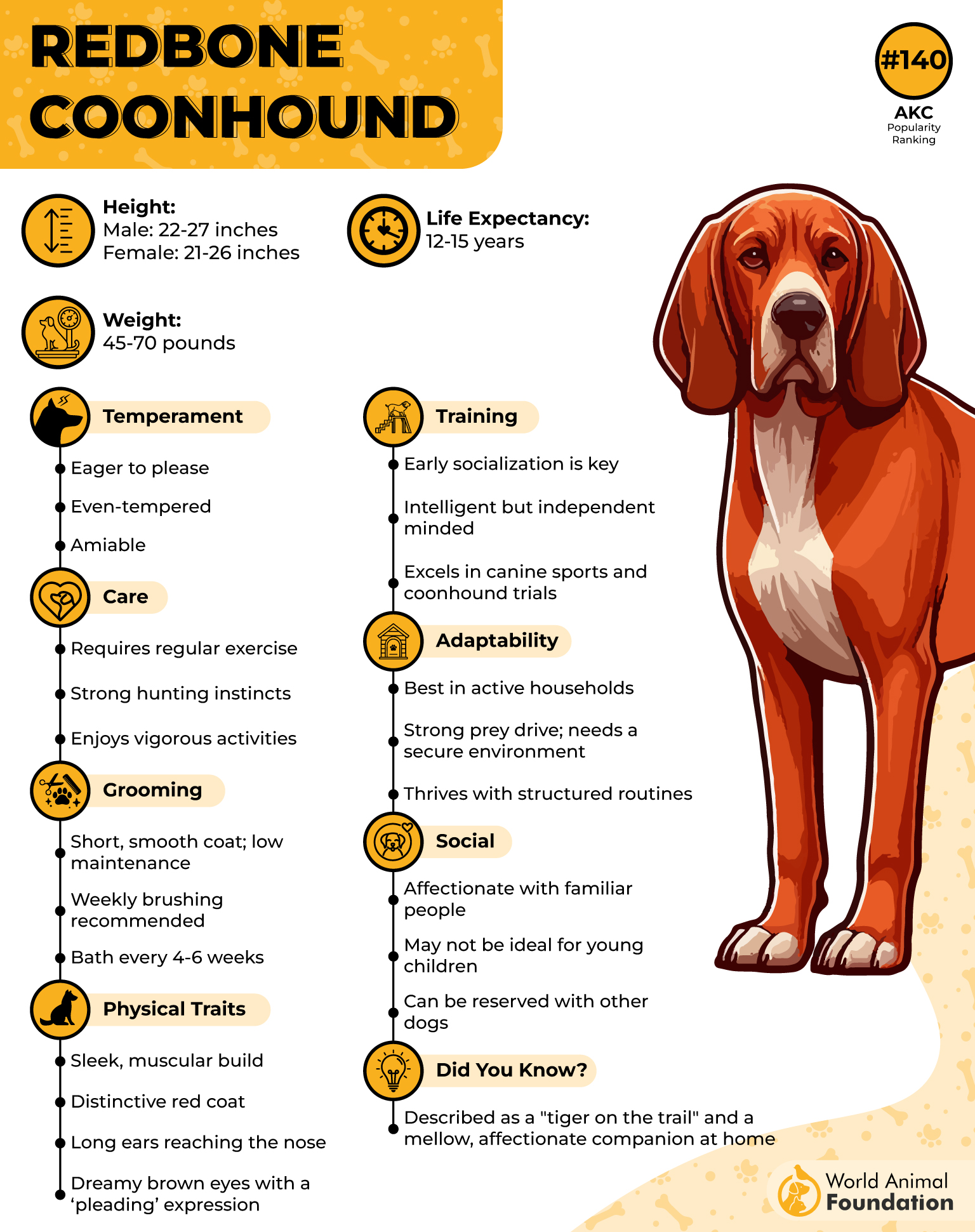
Bred for hunting, they have a strong sense of curiosity, and without enough exercise, they may develop habits like excessive barking or digging. The Redbone’s bark is legendary: loud, musical, and just the right mix of “I’ve got a lead!” and “Come get me!”
Their voice carries through the forest like a smooth country tune, making sure their human hunting partner knows exactly where to go. It’s like having a built-in GPS with a built-in speaker system, except way cooler.
With a nose that could put a bloodhound to shame and a howl that could win awards, the Redbone Coonhound is not just a tracker — it’s a four-legged symphony of scent and sound. And honestly, with that striking red coat and confident bark, they’re the perfect blend of hunter and showstopper
Redbone Coonhounds are energetic and intelligent dogs that need consistent physical activity and mental engagement. Their sociable nature usually makes them a good fit for families with children and other pets.
5. American Foxhound
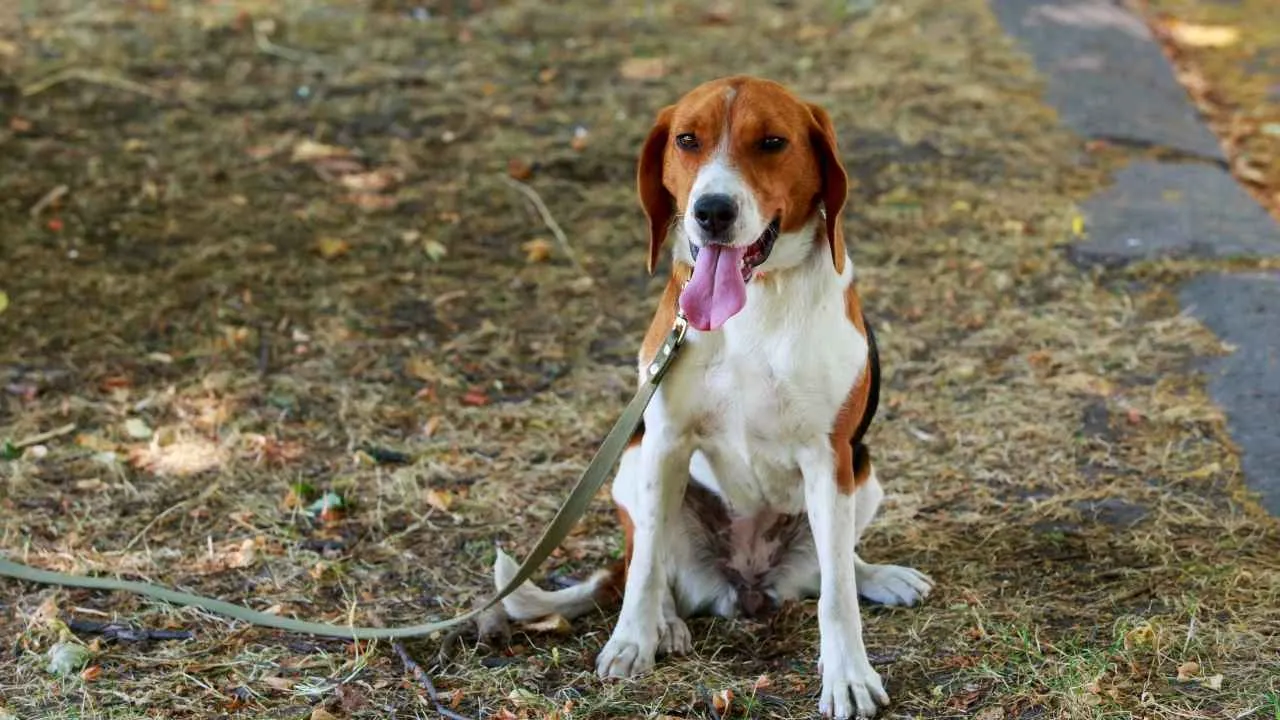
Meet the American Foxhound—the sleek, speedy sprinter of the hunting world with legs built for chasing down foxes and a bark that’s basically saying, “I’m on the hunt, y’all!”
Adult American Foxhounds typically weigh between 60 and 70 pounds and stand 21 to 25 inches tall. Breed standards describe them as strong, muscular dogs with medium-length, durable coats designed for outdoor exploration.
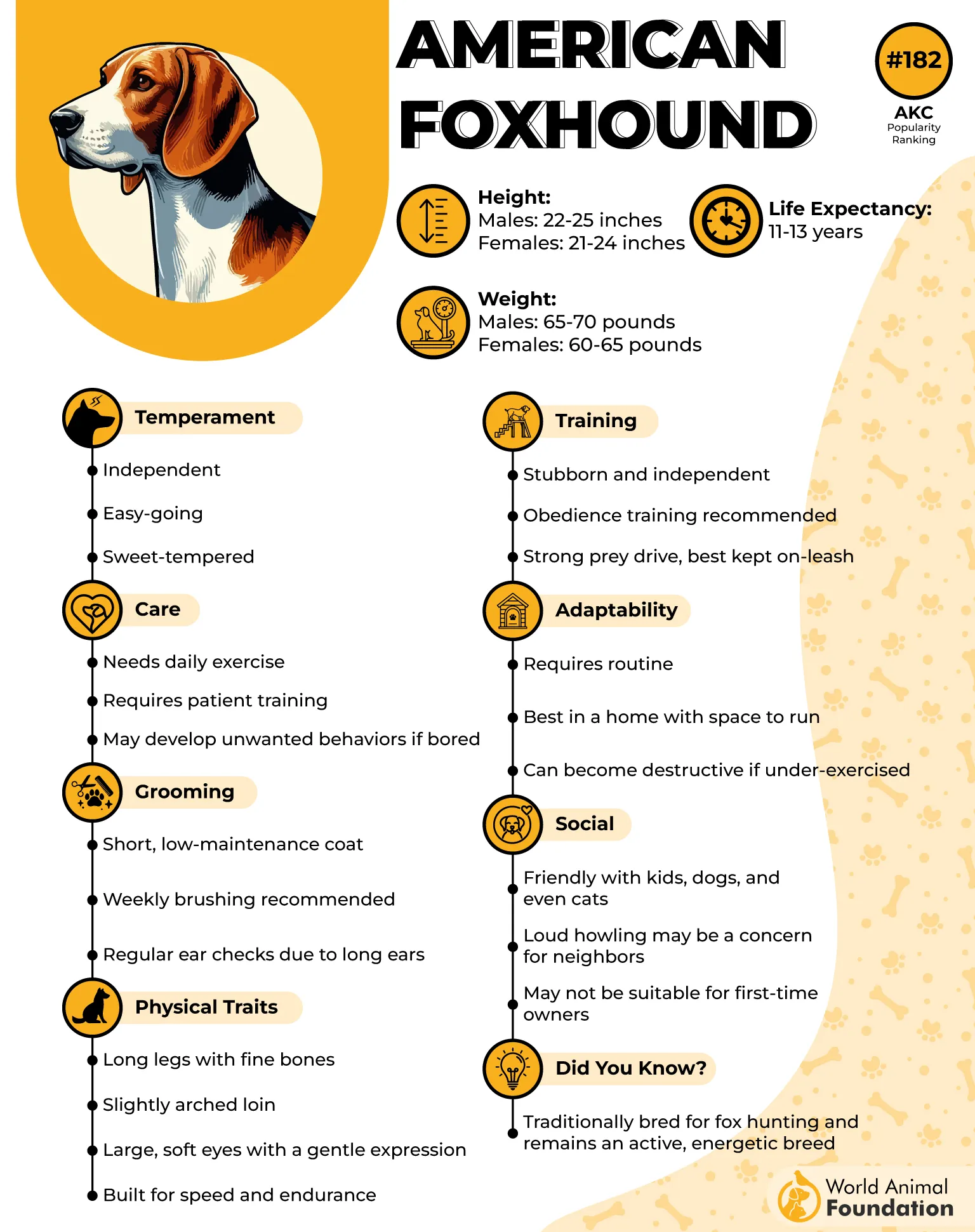
These guys are the marathon runners of the dog pack, built for endurance and tracking with a nose that can follow a scent trail for miles.
When an American Foxhound locks onto prey, it doesn’t just quietly sneak up. Nope, it lets loose a clear, sharp bark or bay that echoes through the fields like a canine rallying cry. It’s their way of saying, “Game on! The trail’s hot, and I’m right here!”
Their bark guides the hunters, keeping the whole chase coordinated—think of it as the doggy version of a walkie-talkie with paws.
With their friendly disposition and energetic spirit, American Foxhounds bring a little bit of southern hospitality to the hunt, making them not just excellent trackers but also fun companions who love to make their presence known, loud and proud!
6. Cocker Spaniel
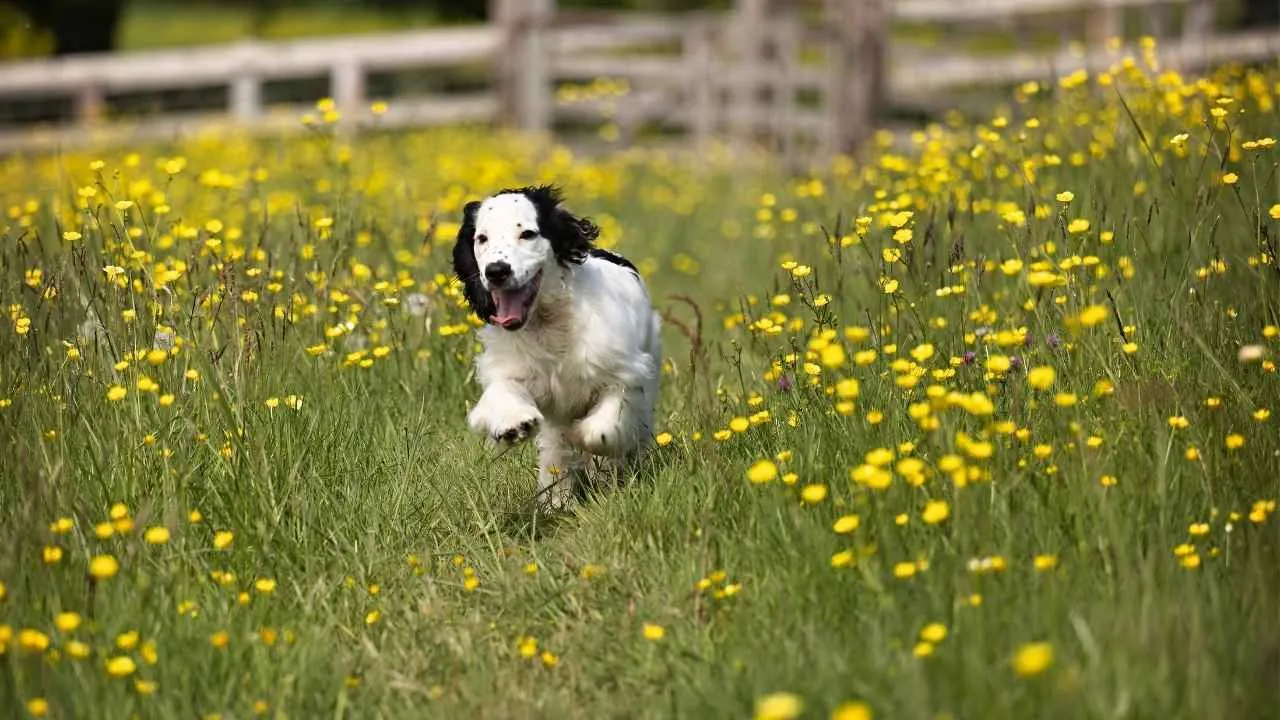
The Cocker Spaniel—more specifically, the American Cocker Spaniel—is one of the most beloved dog breeds around, and it’s easy to see why. With their big, soulful eyes, long floppy ears, and sweet expressions, they practically melt hearts on sight. Add in their cheerful, playful nature, and you’ve got a four-legged charmer.
Originally bred as hunting dogs, Cocker Spaniels are athletic enough to handle time in the field, yet compact enough to be great travel buddies or lap warmers on the couch.
PetMD noted their affectionate temperament and manageable size make them ideal companions for first-time dog owners, families with kids, and anyone looking for a loving, easy-to-get-along-with pup.
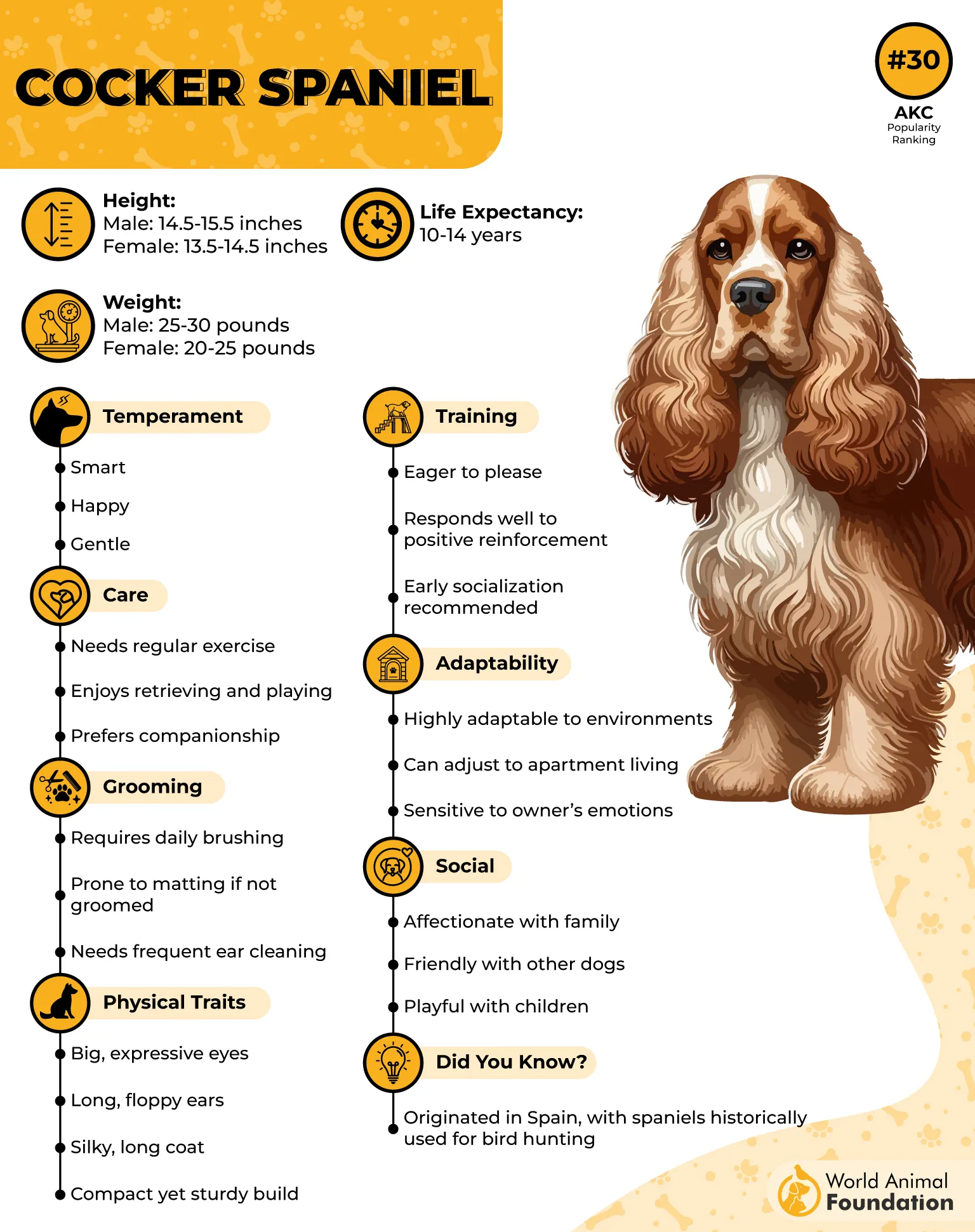
Their bark might be small in size but big on personality, sounding like, “Hey, I found something worth your attention!” Whether it’s pointing out a bird hiding in the bushes or just making sure you know they’re on the job, their cheerful and alert bark keeps the hunting—or backyard adventures—on track.
With those soulful eyes and perky ears, Cocker Spaniels are the charming messengers of the tracking world. They’ll happily announce every discovery with a mix of enthusiasm and a little sass, proving that even the smallest bark can make a big impact.
7. Beagle
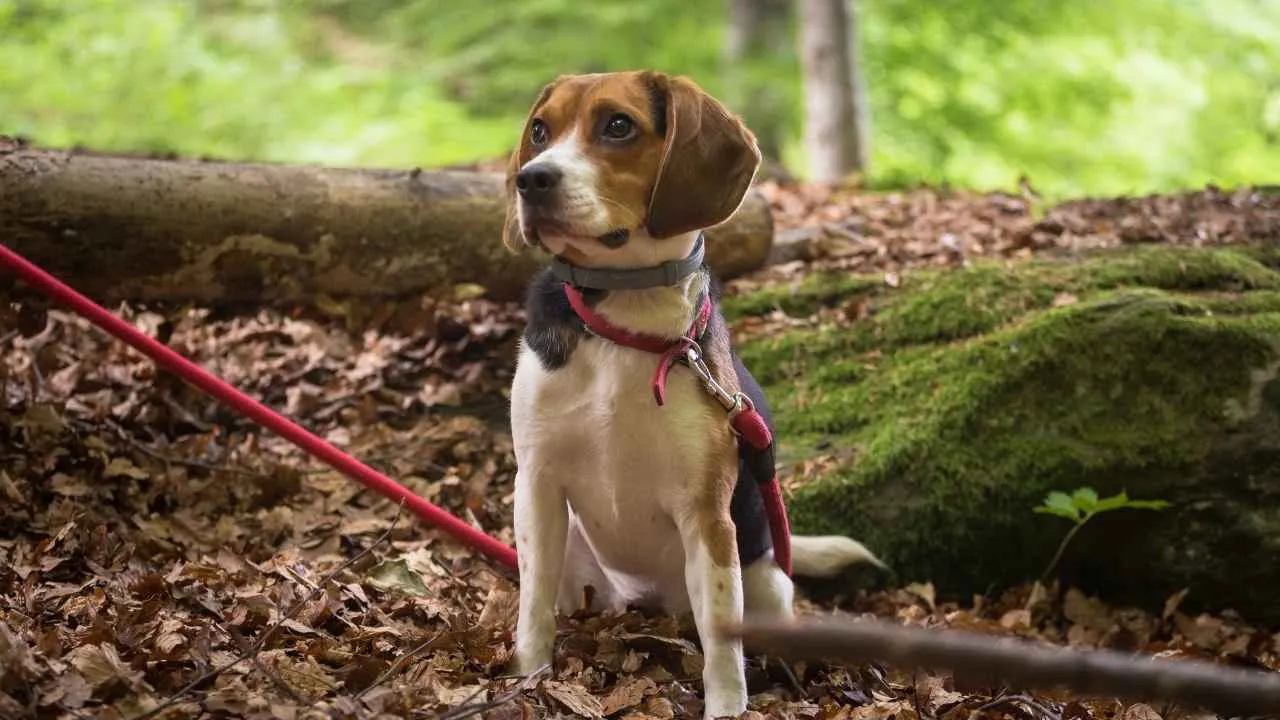
Ah, the Beagle — the classic little hunting breed with a nose that never quits and a bark that’s basically saying, “Follow me, adventure awaits!”
Their cheerful nature and adaptability as both loyal family companions and capable working dogs consistently place them among the most beloved breeds in the U.S.
These compact scent hounds are known for their enthusiastic, melodic baying that signals they’re hot on the trail of something interesting — whether it’s prey, a hidden snack, or just a squirrel with questionable life choices.
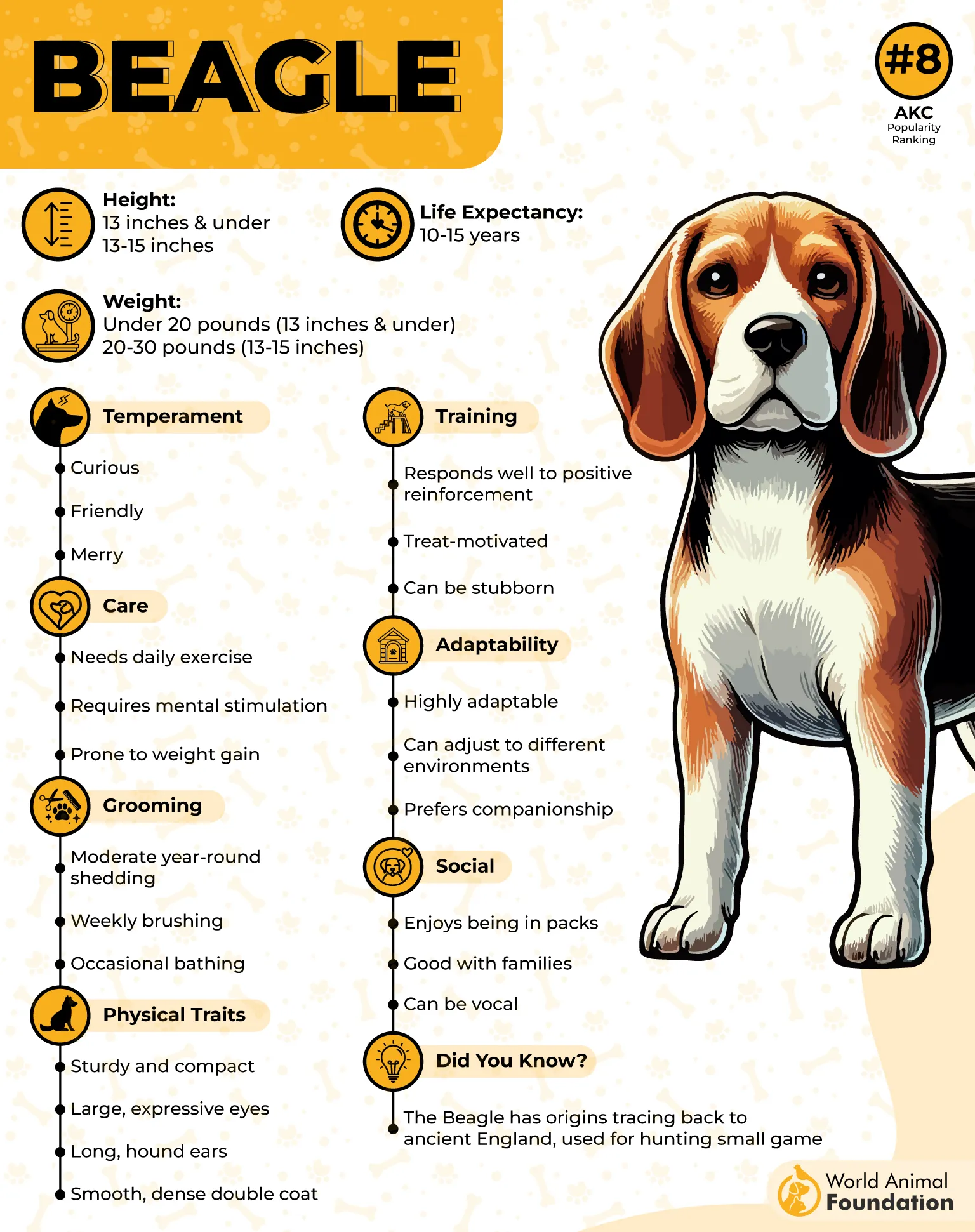
Beagles don’t whisper their discoveries; they announce them with a cheerful, “Hey! I found something over here!” Their barks and howls carry through fields and forests, guiding their humans right to the prize. Plus, with those big, soulful eyes and floppy ears, it’s impossible not to smile at a Beagle’s tracking hustle.
Beagles aren’t excessive barkers, but they do have a signature trio of sounds: a bark-growl combo, a classic baying howl, and a unique half-bay used when they spot prey or feel like being your early morning alarm clock.
In the world of hunting dogs, this scent hound breed is a lively little messengers who bring a whole lot of personality to the chase — and reminds everyone that hunting can be as much about fun as it is about skill.
8. German Shorthaired Pointer
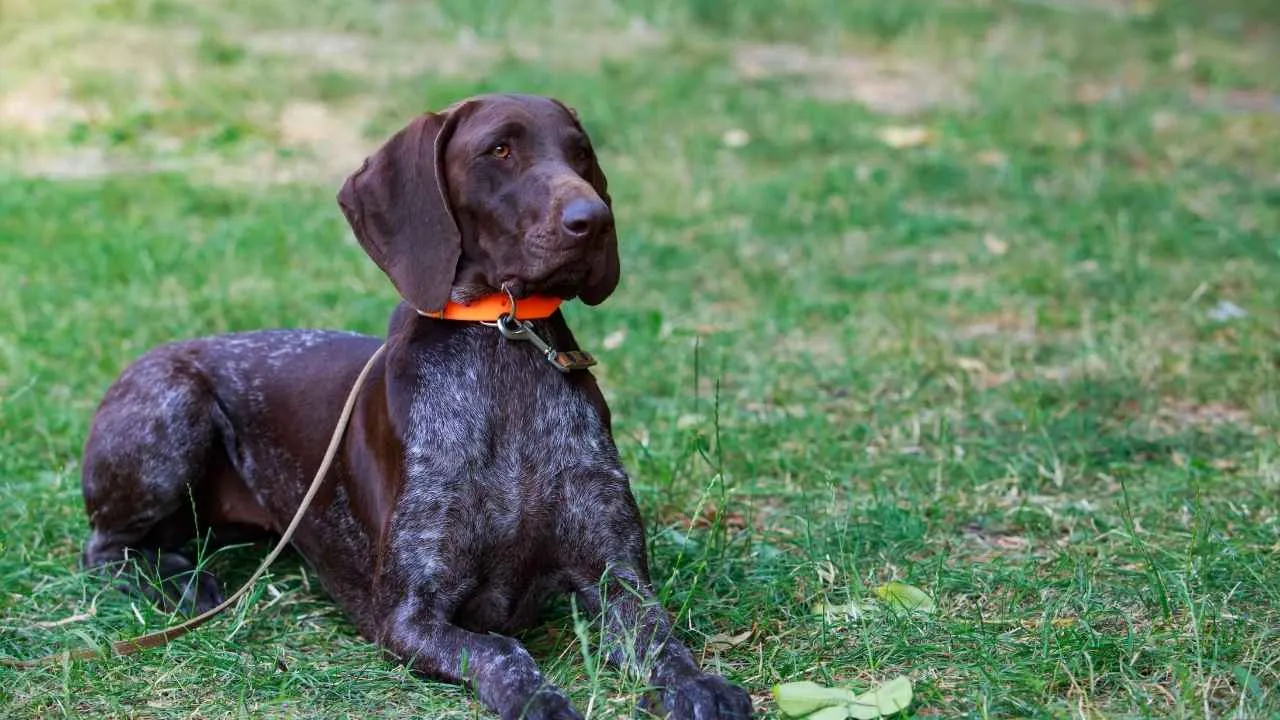
Meet the German Shorthaired Pointer (GSP)—the canine equivalent of an all-terrain vehicle with a built-in sonar and megaphone.
As per Britannica, this breed is a top-notch sporting dog that can track, point, and retrieve game both on land and in water. From partridge and pheasant to duck, rabbit, and even raccoon, the GSP is ready for just about anything you throw its way.
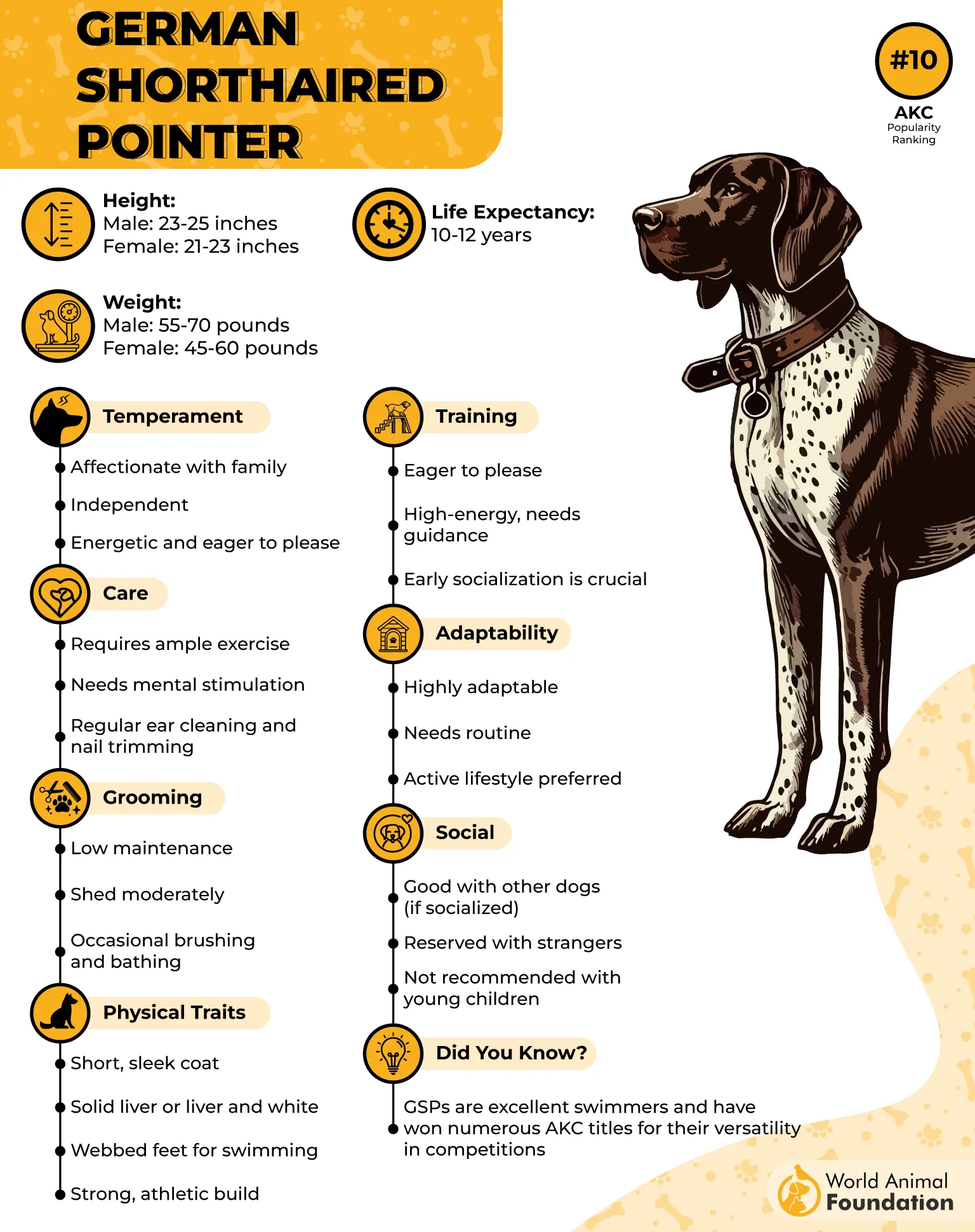
When the GSP picks up a scent, it doesn’t keep it to itself. Nope, it lets out a clear, confident bark that says, “Found it! Let’s move!” This bark serves as a crucial signal to hunters, guiding them through thick brush or across ponds.
And when it’s not on the hunt, the GSP doubles as a smart watchdog, always alert and ready to announce visitors with a bark that’s equal parts “Welcome!” and “Stay alert!”
With its sleek coat and athletic build, the German Shorthaired Pointer is a hunting machine—and a barking beacon—that combines brains, brawn, and a voice that always carries the message loud and clear.
9. German Shepherd
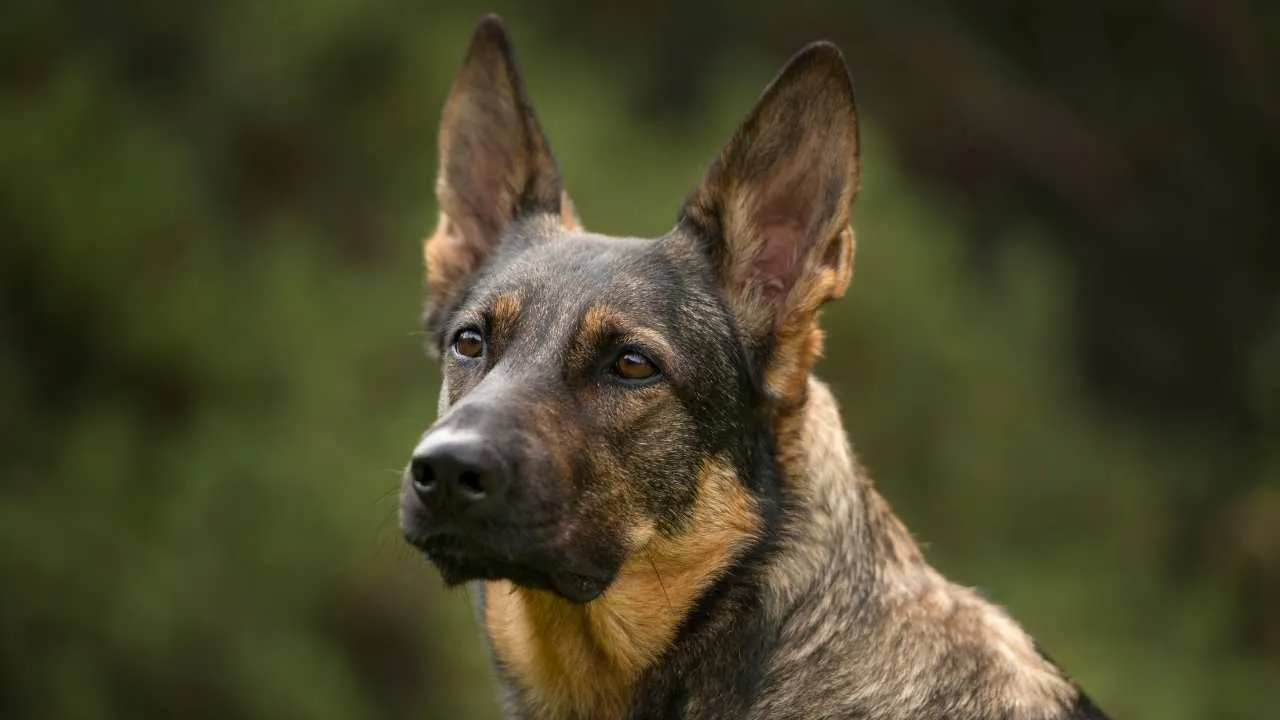
When you think of the German Shepherd, you probably picture a loyal, brave protector with a bark that commands attention—and you’re right on the money.
This breed is not just a superstar in police work and guarding; it’s also a skilled tracker and hunter that uses its bark like a reliable “Hey, I’ve got something!” alert.

German Shepherds have a deep, confident bark that can cut through noise like a laser beam, signaling the location of prey or alerting their humans to important discoveries.
Their sharp intelligence means they don’t just bark randomly — it’s all about effective communication. Whether it’s pointing out intruders or the scent of a hidden critter, these dogs are all business with a side of heart.
And let’s not forget their striking looks and heroic stance, which practically scream, “I’m here to work, but also ready for cuddles when the job’s done.” German Shepherds are the perfect balance of brains, brawn, and a bark that says, “I’ve got this.”
10. Labrador Retriever
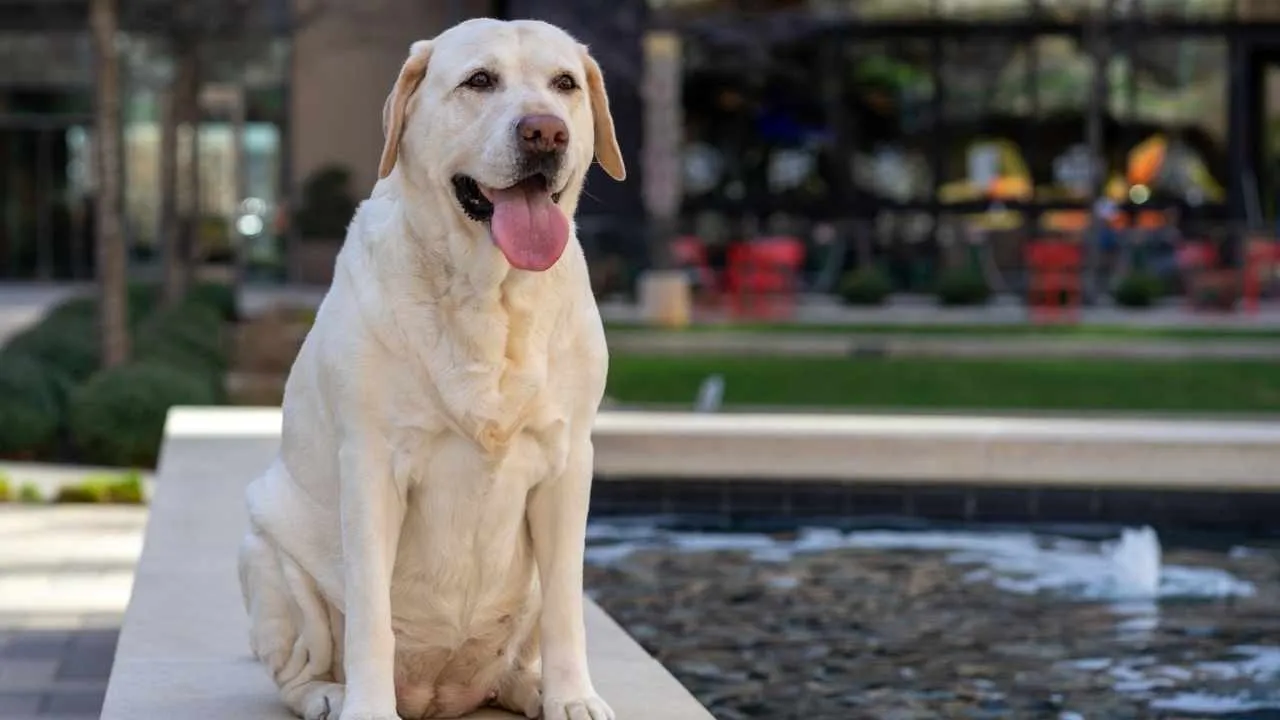
Labrador Retrievers are among the most beloved dogs in the U.S. — and for good reason. Originating from Newfoundland, these water-loving athletes come with a short, waterproof coat that’s basically their built-in wetsuit.
Whether they’re splashing in lakes, retrieving ducks, or sniffing out game on land, Labs are all about stamina, smarts, and a bark that lets you know they’re on the trail.
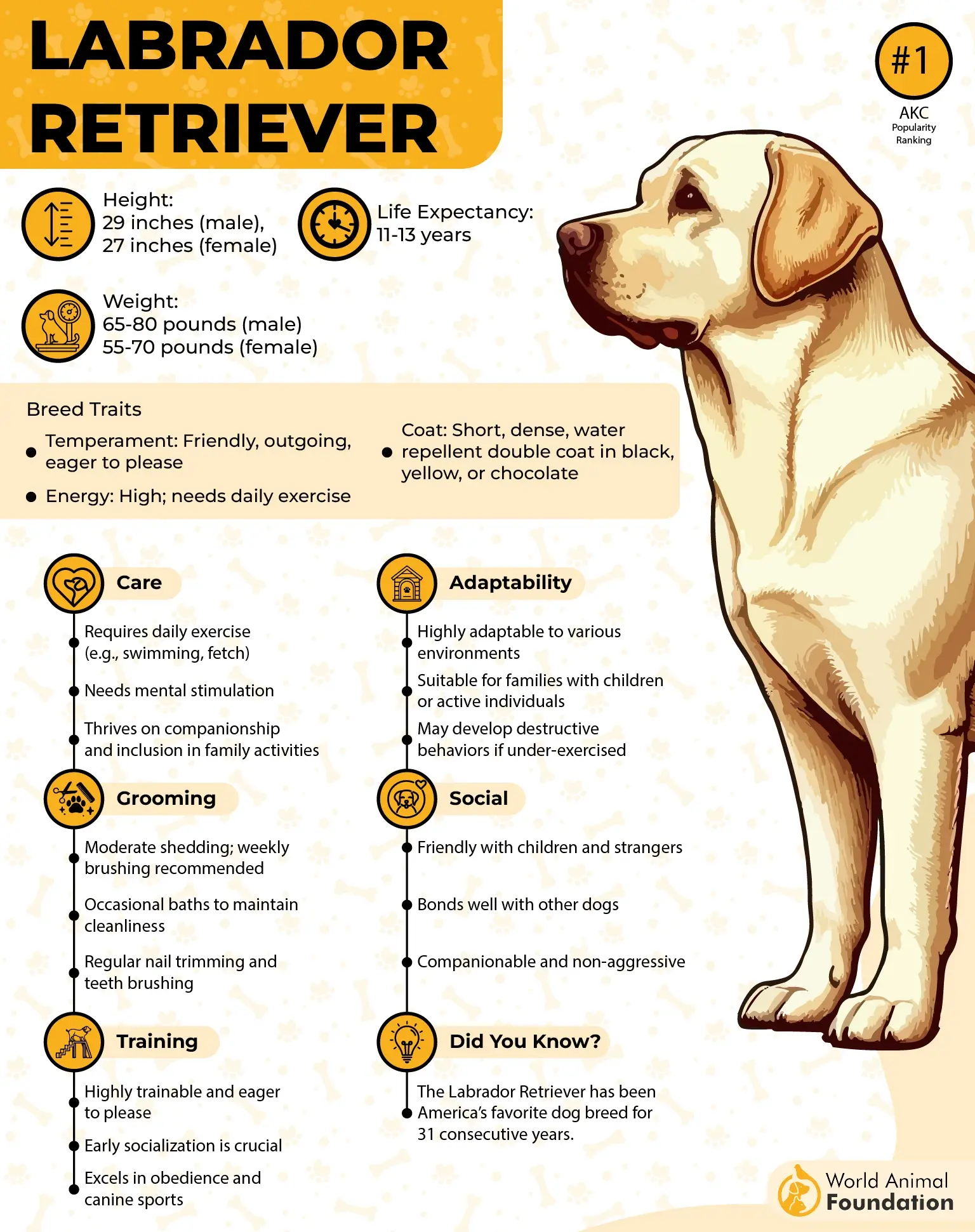
Their bark is friendly but purposeful — a cheerful “Found something!” that’s easy to hear even over the splash of water or rustle of leaves. Labs are famous for their boundless energy and eagerness to please, making their bark feel like an enthusiastic “Hey, look what I found!” rather than just an alert.
With their sweet disposition and hardworking nature, Labs make fantastic hunting companions — and they’ll happily bark you through every adventure, all while wagging that famous tail of theirs like it’s a built-in metronome for excitement.
Conclusion
Dog breeds that bark to signal prey location often come from lines originally bred for hunting small game, larger animals, or to retrieve birds. These domestic dogs, such as little scent hounds, were used to hunt hares, rabbits, badgers, and even wild boar, developing a distinctive howl or distinct high-pitched bark to alert hunters of potential prey. This characteristic trait is often genetically passed and seen in other breeds like sled dogs, dogs that herd livestock, or those with protective instincts.
While barking varies by breed, generally speaking, working alongside humans shaped behaviors like alerting danger or signaling with sound. Small companion dogs like the Bichon Frise may bark less, while loud dog breeds or breeds with an alert hunter’s mindset bark more.
Not all small breeds necessarily bark, but many do make eye contact or respond to perceived dangers. Whether in the police force or as the average pet dog, barking in dog behaviour is not just noise—it’s a vital form of communication, honed for teamwork and survival with other dogs, other animals, and humans alike.


